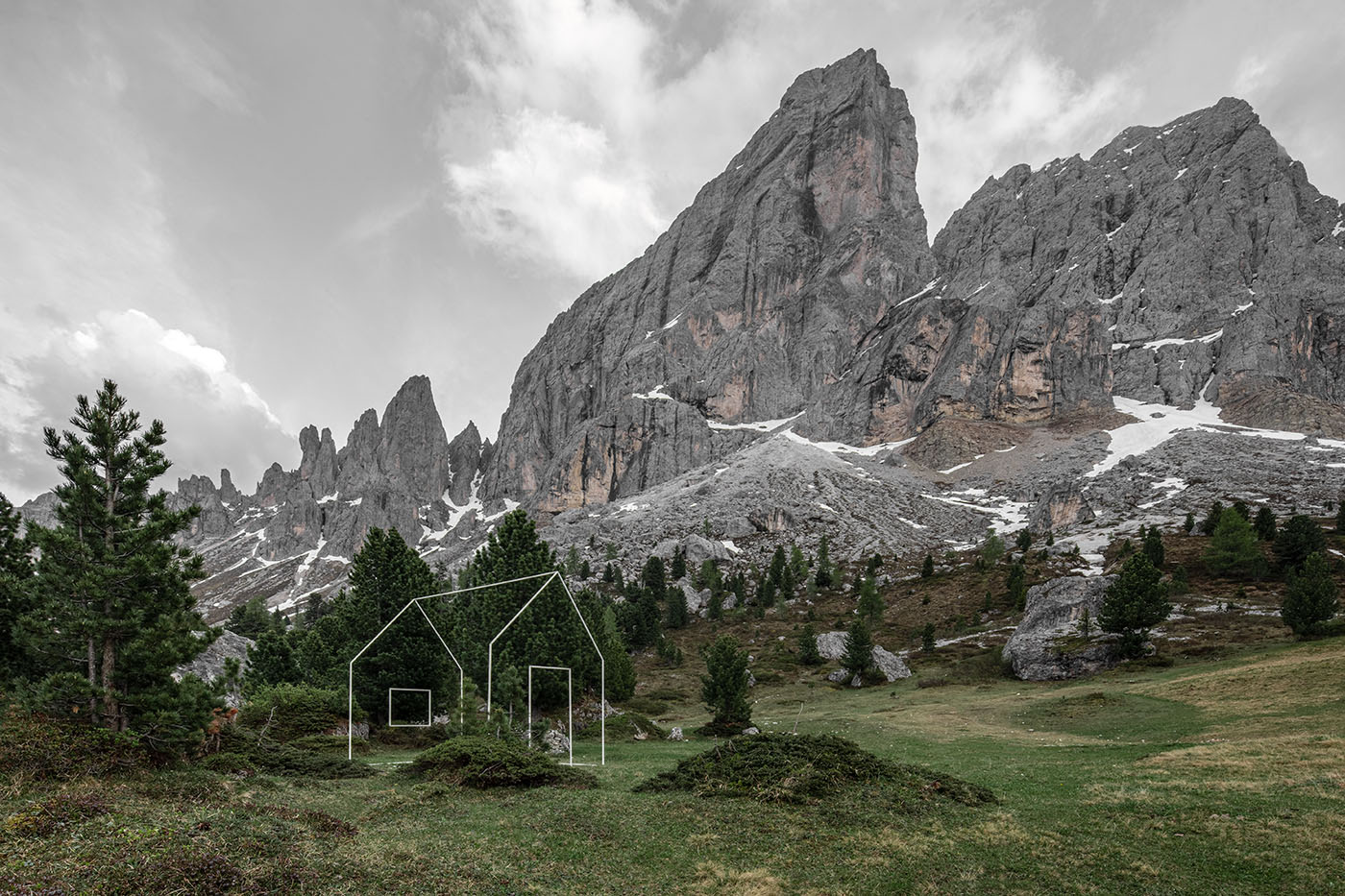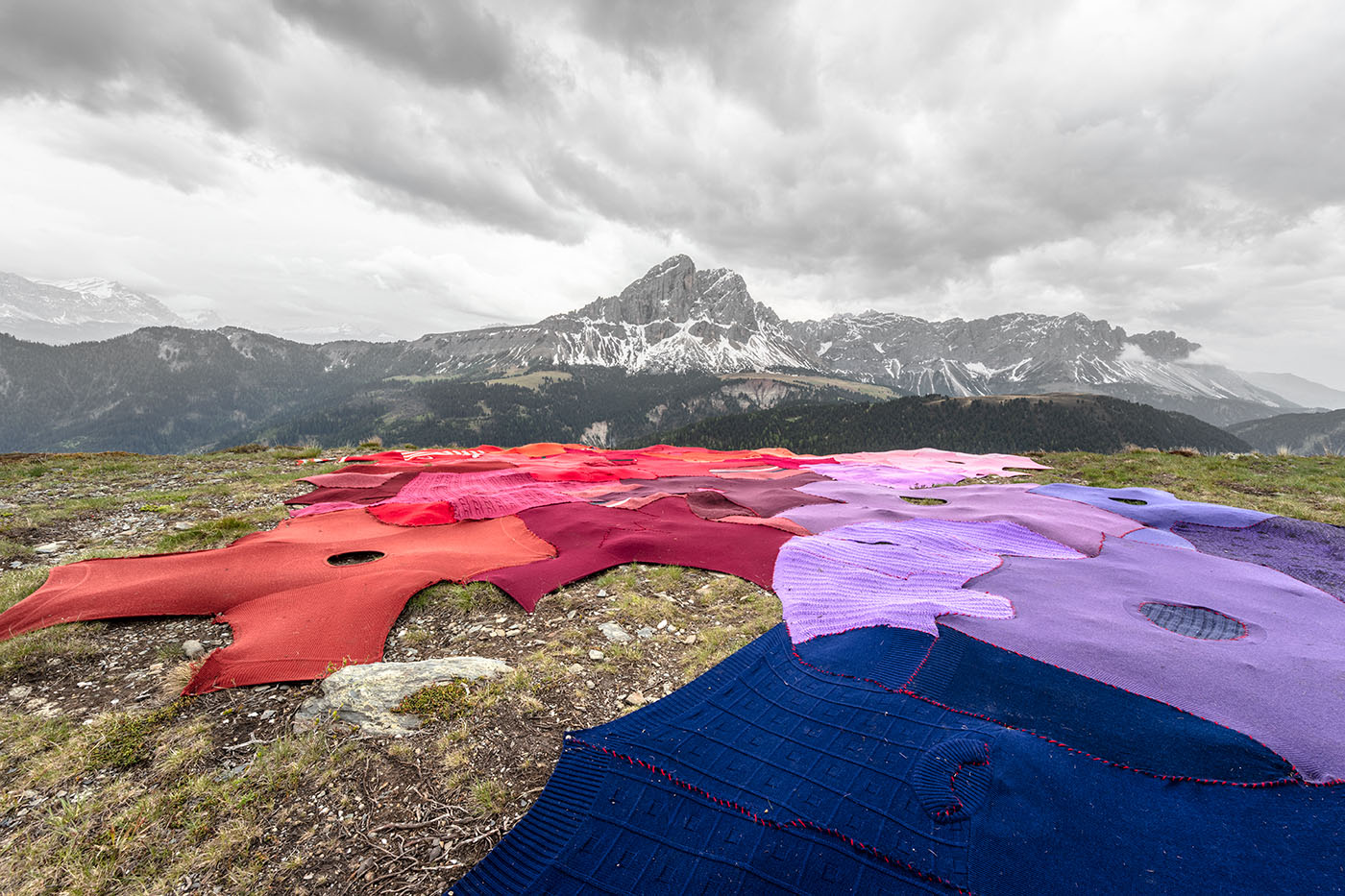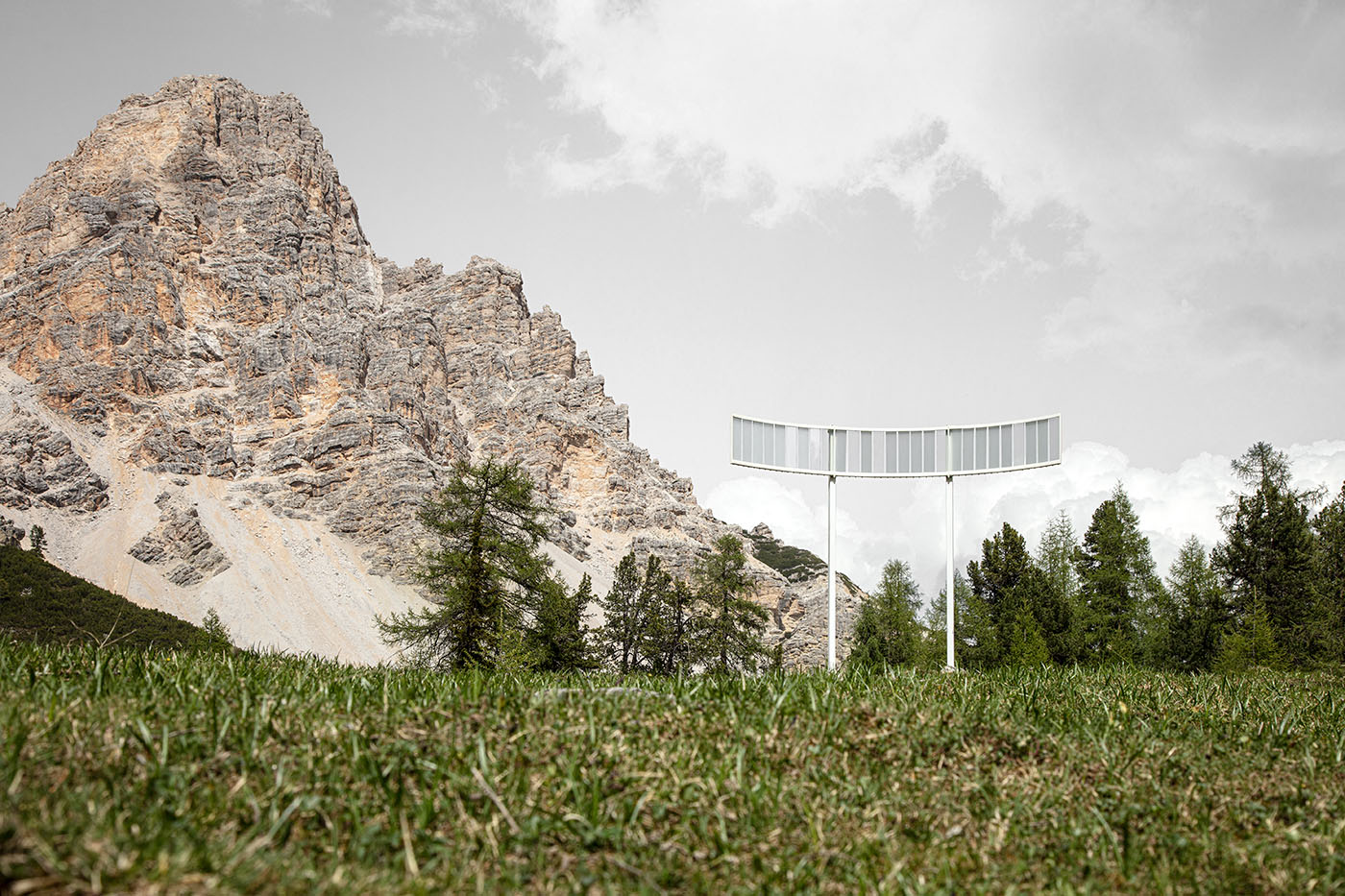The fourth edition of SMACH puts the word ‘Heimat’ as it’s main focus, this is not a simple word. It is well known that the word proves untranslatable in many languages, English and Italian included. The language barrier reduces its meaning to concepts such as ‘motherland’ are banal, if not completely misleading.
‘Heimat’ is indicative of a form of identity much stronger than a single word can transmit. It does not just refer to a place, but rather a set of shared and spontaneous values which have to do with life from infancy. The mention of which triggers a positive sensation in us when one thinks of our origins, thinks of our identity, or, on the contrary, the sense of solitude and impotency we feel when the loss of such tie is hinted at.
〉 Ladin
La cuarta ediziun de SMACH á metü le focus sön la parora „Heimat“, che n’é nia ma na parora. Sciöche an sá, ne se lascia chësta parora te tröc lingac nia traslaté, insciö tl inglesc, talian y ladin. I tentatifs de reduziun de so significat a conzec sciöche „tera nadé“, porta a na banalisaziun o dalunc da so significat. „Heimat“ á na forza identificativa cotan plü grana. „Heimat“ ne individuëia nia ma n post, mo na serie de valurs spontans y coletifs che porta zoruch ala dimenjiun dl’infanzia, fajon nasce la sensaziun positiva che i sintiun canche i ponsun a nostes raisc, a nosta identité o al contrar, fajon nasce la sensaziun de surité y impotënza che i sintiun canche le liam cun chësta dimenjiun é jü a perde.
〉 Italiano
La quarta edizione di SMACH ha messo al centro la parola “Heimat”: questa non è un semplice sostantivo. Come noto, si rivela intraducibile in molte lingue, fra le quali inglese e italiano. I tentativi di ricondurlo a concetti come “terra natìa” sono banalizzanti, se non fuorvianti. Heimat possiede in sé una carica identitaria molto più forte. Heimat non individua semplicemente un luogo, bensì un insieme di valori condivisi e spontanei, che riconducono alla dimensione dell’infanzia, evocando la sensazione positiva che si scatena in noi quando pensiamo alle nostre origini, alla nostra identità o, al contrario, il senso di solitudine e impotenza che si manifesta quando percepiamo la perdita di tale legame.
〉 Deutsch
Die vierte Edition von SMACH stellte das Wort „Heimat“ in den Mittelpunkt, wobei es sich keineswegs um ein einfaches Substantiv handelt. Es ist bekannt, dass es für das Wort „Heimat“ in vielen Sprachen – unter anderem auch im Englischen und Italienischen – keine Entsprechung gibt. Die Versuche, „Heimat“ mit Konzepten wie „terra natìa“ zu vergleichen, was so viel bedeutet wie „das Land, in dem man geboren wurde“, was man im Deutschen wiederum schlicht als „Heimatland“ bezeichnen würde, banalisieren die Bedeutung und sind sogar irreführend. „Heimat“ bedeutet viel mehr, dem Wort wohnt eine viel stärkere identitäre Ausstrahlung inne. „Heimat“ ist kein Ort, sondern eine Gesamtheit aus spontanen und von allen geteilten Werten, die an die Kindheit erinnern und dieses positive Gefühl entstehen lassen, das wir alle verspüren, wenn wir an unsere Ursprünge, unsere Identität denken. Umgekehrt kann der Verlust dieser Bindung aber auch zu einem Gefühl von Einsamkeit und Machtlosigkeit führen.
SELECTED ARTISTS OF SMACH.2019
SMACH.2019 HONORABLE MENTIONS BY THE JURY
Wai Kuen, “Heimat”. Beijing, China.
Laura Volgger & Alan Clara, “Heimatkonserve”. Taisten, Italy.
Ligama, “Uncommisioned Landscape Manipulation”. Caltagirone, Italy.
Giancalro Lamonaca, “Untitled”. Vahrn, Italy.
Mali Weil, “X”. Trento, Italy.
THE JUDGING PANEL
〉 Gehard Demetz
Gehard Demetz is an artist from Val Gardena. He attended the professional school of Selva di Val Gardena and spent some training periods at the International Academy of Salzburg. He worked as a teacher of sculpture at the professional school of Ortisei and since 2007 has dedicated himself exclusively to his work as a sculptor. In 2005 he began to collaborate with the Rubin gallery in Milan. A report in the newspaper "Herald Tribune" brings him closer to the reality of the USA: his first American show takes place in 2009 at the gallery Greenberg - Van Doren. In 2011, the Jack Shainman Gallery in New York is interested in his work, which offers the works of Demetz in the most prestigious international exhibitions: Art Miami Basel, Armory Show NY, Frieze NY, Art Basel. Since 2011 he has exhibited in several national and international museums including Museum Bochum, MOCA Virginia Museum of Contemporary Art and MACRO of Rome. He lives and works in Selva di Val Gardena.
www.geharddemetz.com
〉 Gianluca D'Incà Levis
He has a Bachelor’s Degree in Architecture at the University IUAV of Venice. He is art critic and curator. His education boasts in-depth studies in the literary, aesthetic and cultural field. He is the author of Dolomiti Contemporanee (2011), curator of Progettoborca and director of Nuovo Spazio di Casso.
Since 2010, he has started a number of curatorial projects and considerations that put together the contemporary art, the culture of innovation, the brown-field redevelopment, and the mountain as space-construction site for the application of restorative, cultural and functional procedures.
The core idea is to generate innovative images, by working on the natural environment, territories and landscape in a discriminating and projective way, refusing the stereotyped point of view.
www.dolomiticontemporanee.net
〉 Guus van den Hout
Guus van den Hout (1960) studied history of art at the University of Leiden. From 1985 thru 2010 he worked for museums, as a director/curator of Museum Our Lord in the Attic in Amsterdam (1990-2001) and as a managing director of Museum Catharijneconvent in Utrecht (2001-2010). In 1998 Van den Hout worked as a visiting director at the Metropolitan Museum of Art in New York City. From 2002 thru 2014 he was an advisor to the Papal Commission of Cultural Heritage. Van den Hout cooperated with important institutions all around the world in the field of cultural heritage, creating major exhibitions or backing new initiatives.
Since 2010 Van den Hout has been active as an independent curator, advisor and intermediary in the sale of important works of art. In 2017 he realised the first biennale 'Art in the Holy Triangle' in Oosterhout. For this he worked closely together with 27 contemporary artists who created new work especially for this project. At this moment Van den Hout advises several museums and cultural heritage institutions about their art policy.
www.guusvandenhout.com
〉 Julia Bornefeld
Julia Bornefeld (Kiel, 1963) is a German artist, who lives in Berlin and Brunico. He studied at the Academy of Fine Arts in Venice and at the Akademia Likovna Umjetnost in Ljubljana. Bornefeld expresses himself through painting, photography, installations and video, but his fundamental language of reference is dance. Biographical and mythological references are often linked by Bornefeld to the themes of the feminist debate of the sixties and seventies of the twentieth century. His works are in the collection of the Museion in Bolzano and in the Tiroler Landesmuseum Ferdinandeum in Innsbruck.
www.juliabornefeld.com
〉 Michael Petry
(b. Texas, 1960) has lived in London since 1981. He studied at Rice University, Houston (BA), London Guildhall University (MA), and has a Doctor in Arts from Middlesex University. Petry is an artist, author and Director of the Museum of Contemporary Art (MOCA) London, and Guest Curator for Futurecity. He co-founded the Museum of Installation, and was Guest Curator at the Kunstakademiet, Oslo, and Research Fellow at the University of Wolverhampton and was Curator of the Royal Academy Schools Gallery. Petry is a Fellow of the Royal British Society of Sculptors (FRBS) and a Brother of the Art Workers Guild.
www.michaelpetry.net
















